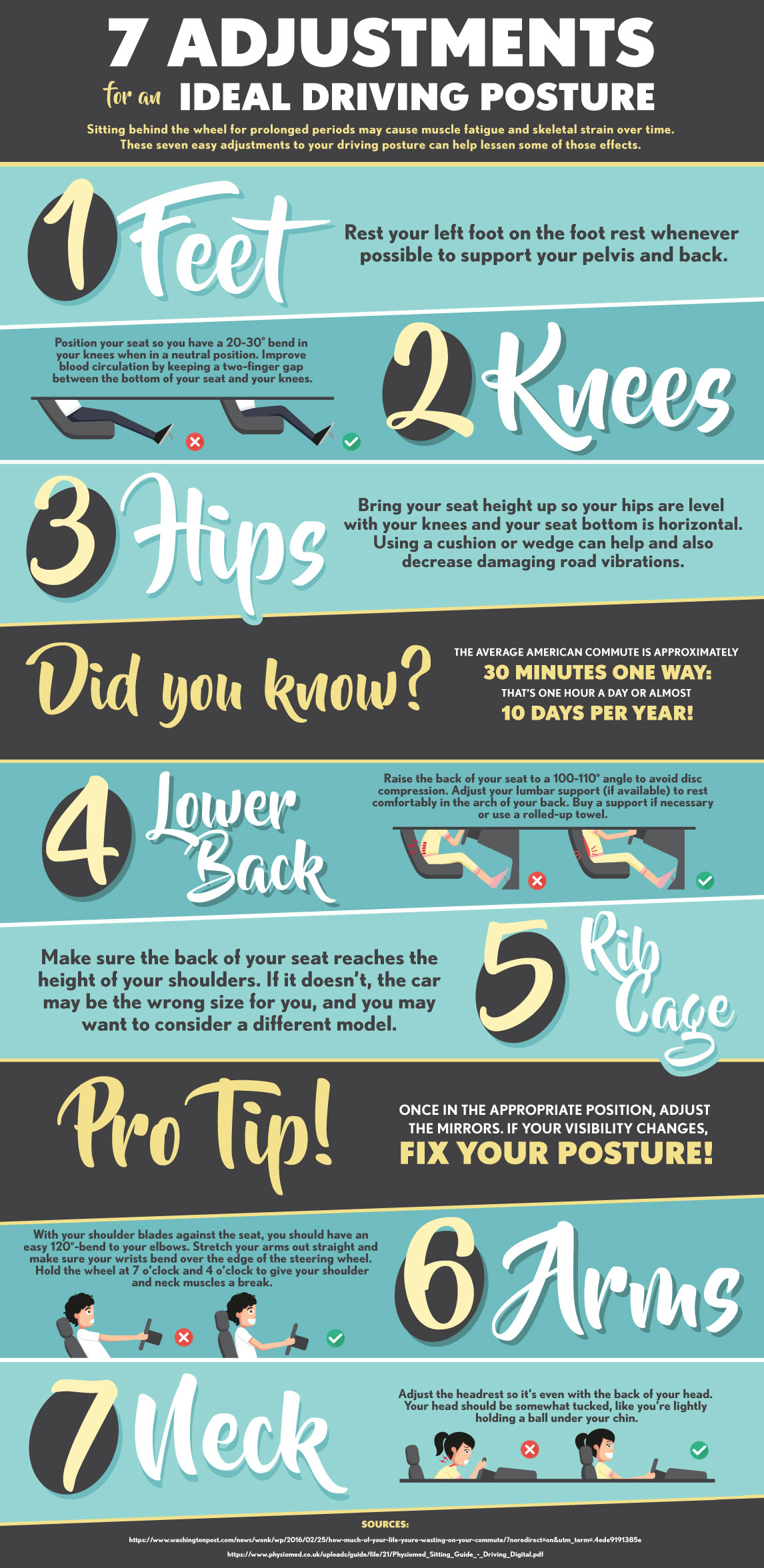The Influence Of Posture On Neck And Back Pain: Techniques For Sustaining Proper Positioning During Daily Activities
The Influence Of Posture On Neck And Back Pain: Techniques For Sustaining Proper Positioning During Daily Activities
Blog Article
Authored By- lower back tightness
Maintaining appropriate pose isn't practically sitting up straight; it has to do with aligning your body in a way that sustains your back and decreases the threat of pain in the back. The means you sit, stand, and move throughout the day can significantly affect your spinal health. However just how specifically can functional doctor austin tx ensure great alignment regularly, also throughout active days loaded with different activities? Allow's dive deeper right into the subtle yet impactful changes you can make to your day-to-day regimen to maintain your back satisfied and healthy and balanced.
Value of Appropriate Stance
Appropriate pose is critical in maintaining a healthy back and avoiding pain. When you sit or stand with excellent stance, your back is in placement, minimizing pressure on your muscle mass, ligaments, and joints. This placement enables the body to distribute weight evenly, avoiding excessive stress and anxiety on certain areas that can cause pain and discomfort. By maintaining your spine correctly lined up, you can additionally improve your breathing and food digestion, as slouching can press organs and restrict their performance.
Additionally, preserving good stance can improve your total appearance and positive self-image. When you stand tall with your shoulders back and head held high, you emanate confidence and appear more approachable. Excellent position can additionally make you feel much more energized and alert, as it advertises appropriate blood flow and allows your muscular tissues to function successfully.
Incorporating correct posture into your day-to-day routine, whether resting at a desk, strolling, or exercising, is crucial for protecting against neck and back pain and advertising general well-being. Keep in mind, a small adjustment in exactly how you hold yourself can make a significant difference in how you really feel and work throughout the day.
Common Postural Mistakes
When it pertains to preserving good stance, numerous people unknowingly make common errors that can add to neck and back pain and pain. One of the most widespread mistakes is slumping over or hunching over while resting or standing. This setting puts extreme pressure on the back and can cause muscle discrepancies and discomfort in the long run.
An additional usual blunder is overarching the reduced back, which can flatten the all-natural contour of the spinal column and cause pain. In addition, going across legs while resting might feel comfortable, but it can create a discrepancy in the hips and pelvis, bring about postural problems.
Utilizing a pillow that's also soft or too strong while sleeping can also affect your positioning and contribute to back pain. Lastly, continuously craning your neck to look at screens or readjusting your position regularly can strain the neck and shoulders. Bearing in mind these common postural errors can aid you maintain far better placement and reduce the threat of neck and back pain.
Tips for Correcting Alignment
To enhance your placement and reduce pain in the back, it's essential to focus on making small modifications throughout your everyday regimen. Begin by being mindful of your posture. When sitting, guarantee your feet are flat on the floor, your back is straight, and your shoulders are loosened up. Avoid slouching or leaning to one side. Use ergonomic chairs or cushions to sustain your lower back.
When standing, disperse your weight uniformly on both feet, keep your knees somewhat curved, and tuck in your pelvis. Engage your core muscles to sustain your back. Take breaks to stretch and walk around if you have a sedentary task. Incorporate workouts that strengthen your core and back muscular tissues, such as slabs or bridges.
While resting, make use of a cushion that supports the all-natural contour of your neck to keep correct spinal placement. Avoid sleeping on your stomach, as it can stress your neck and back. By being mindful of these suggestions and making small changes, you can gradually remedy your placement and alleviate pain in the back.
Conclusion
Remember, preserving great pose is vital to stop pain in the back and advertising spine health. By bearing in mind your positioning, distributing weight evenly, and involving your core muscular tissues, you can minimize pressure on your back and minimize the danger of pain and injury. Include ergonomic support, take regular breaks to stretch, and enhance your core and back muscle mass to preserve appropriate placement throughout the day. Your back will thank you for it!
